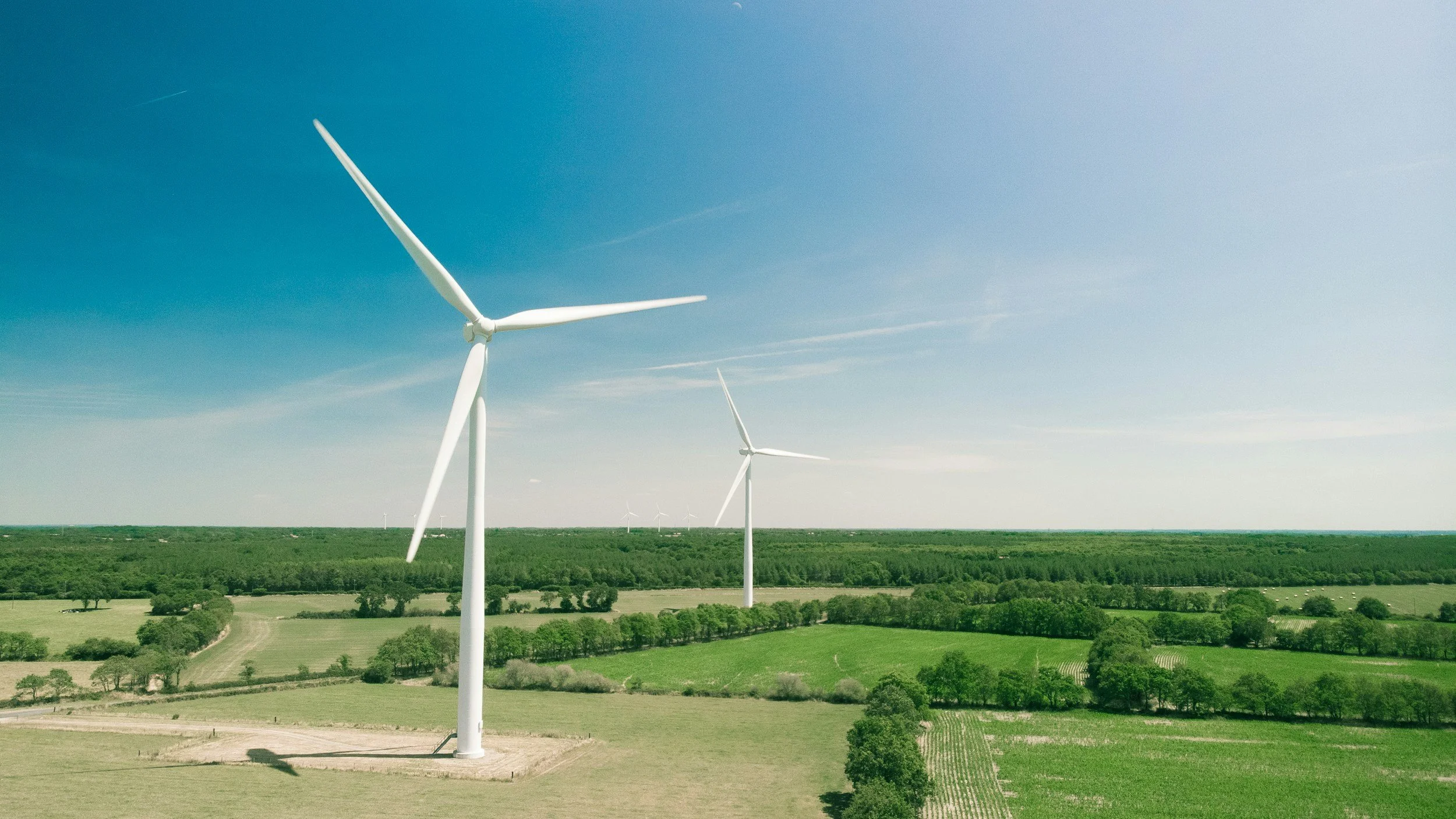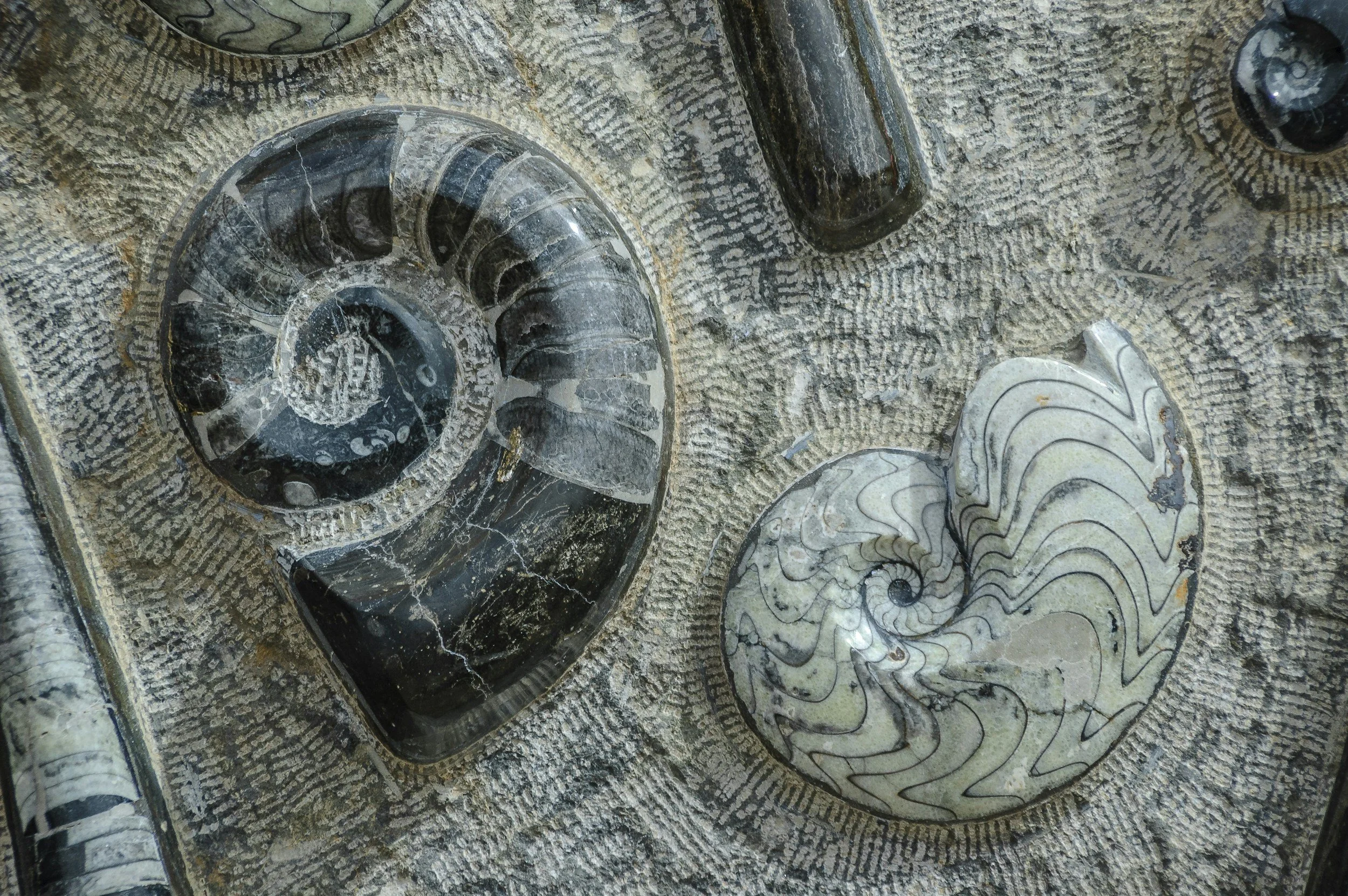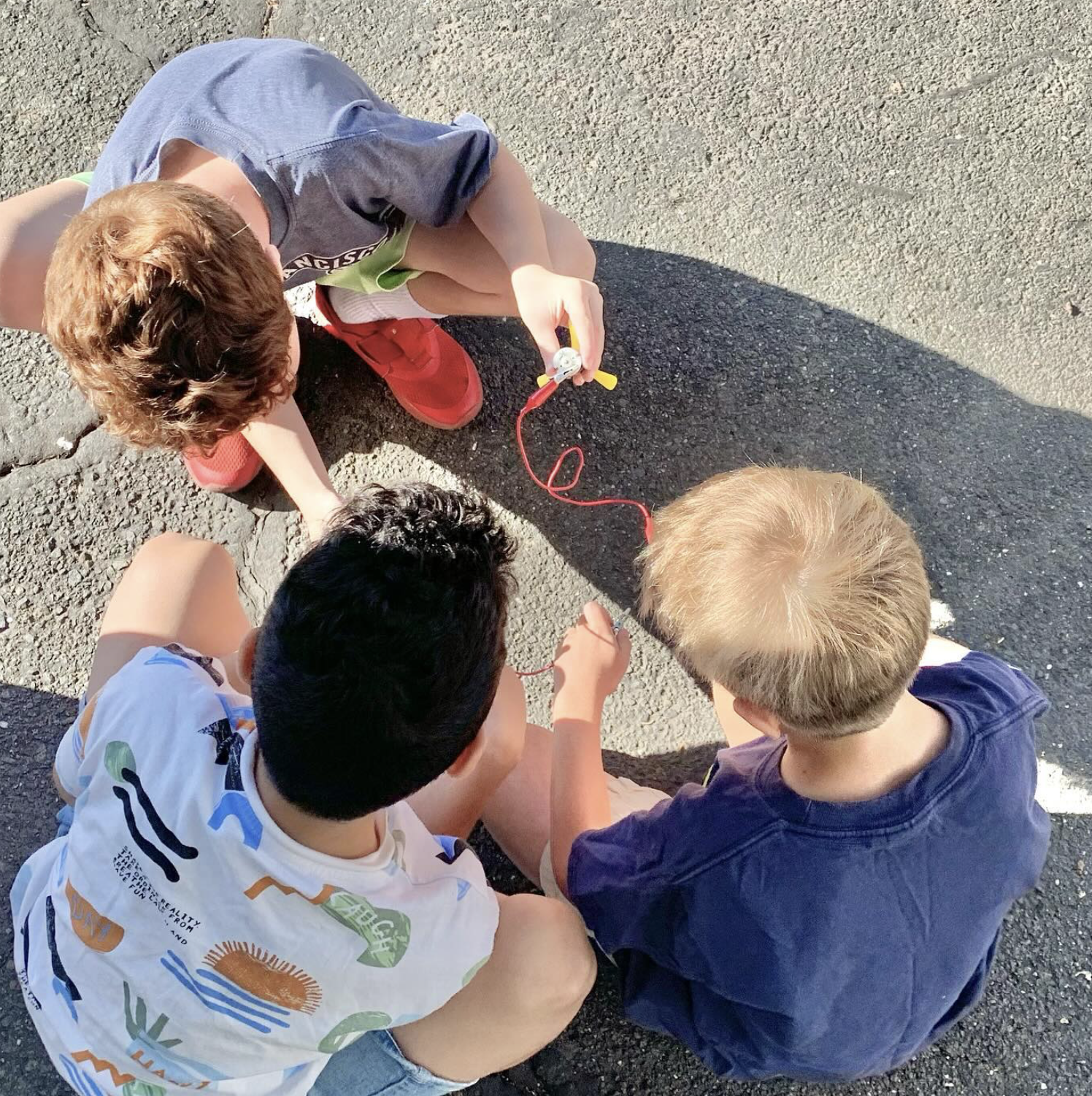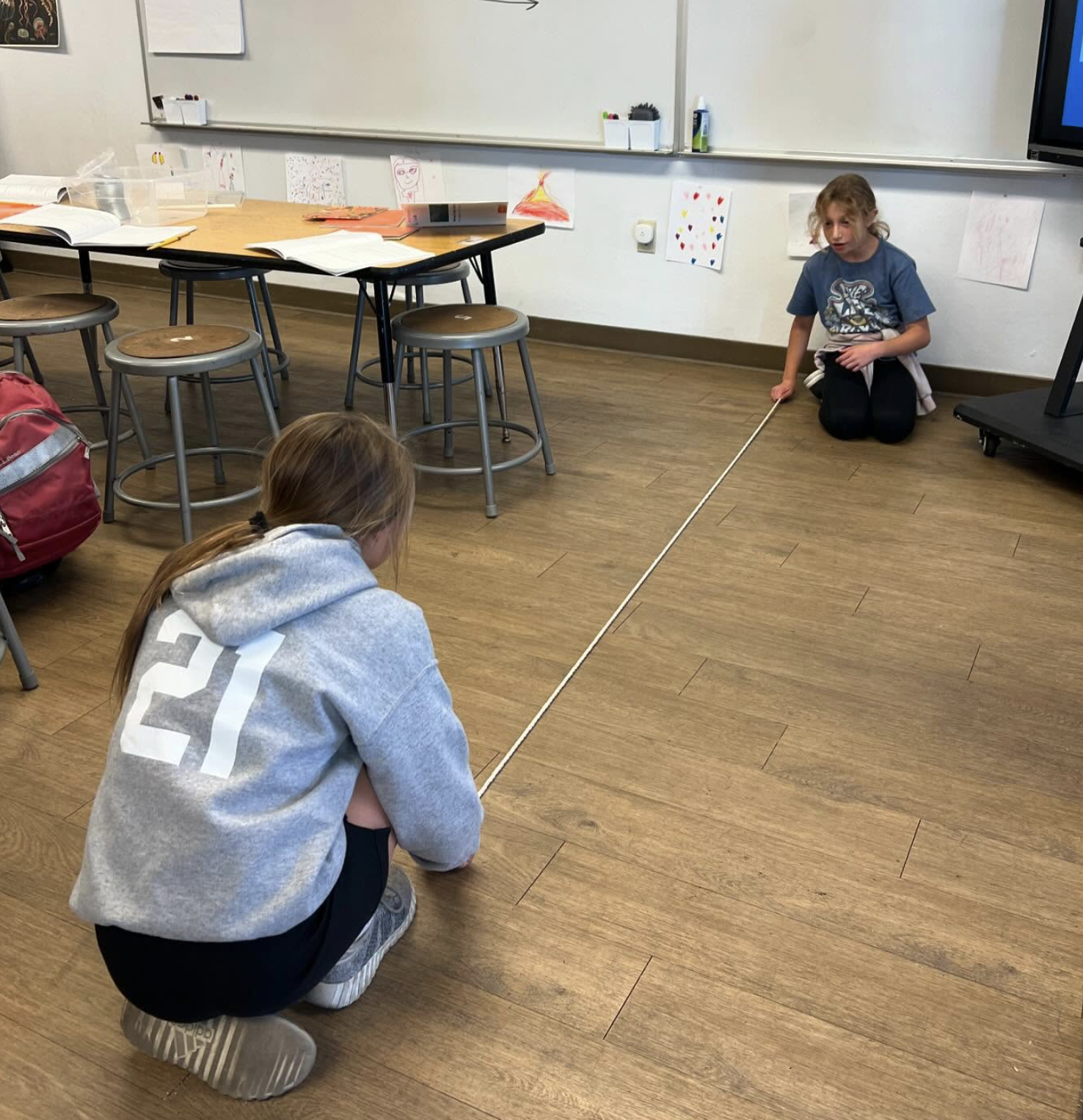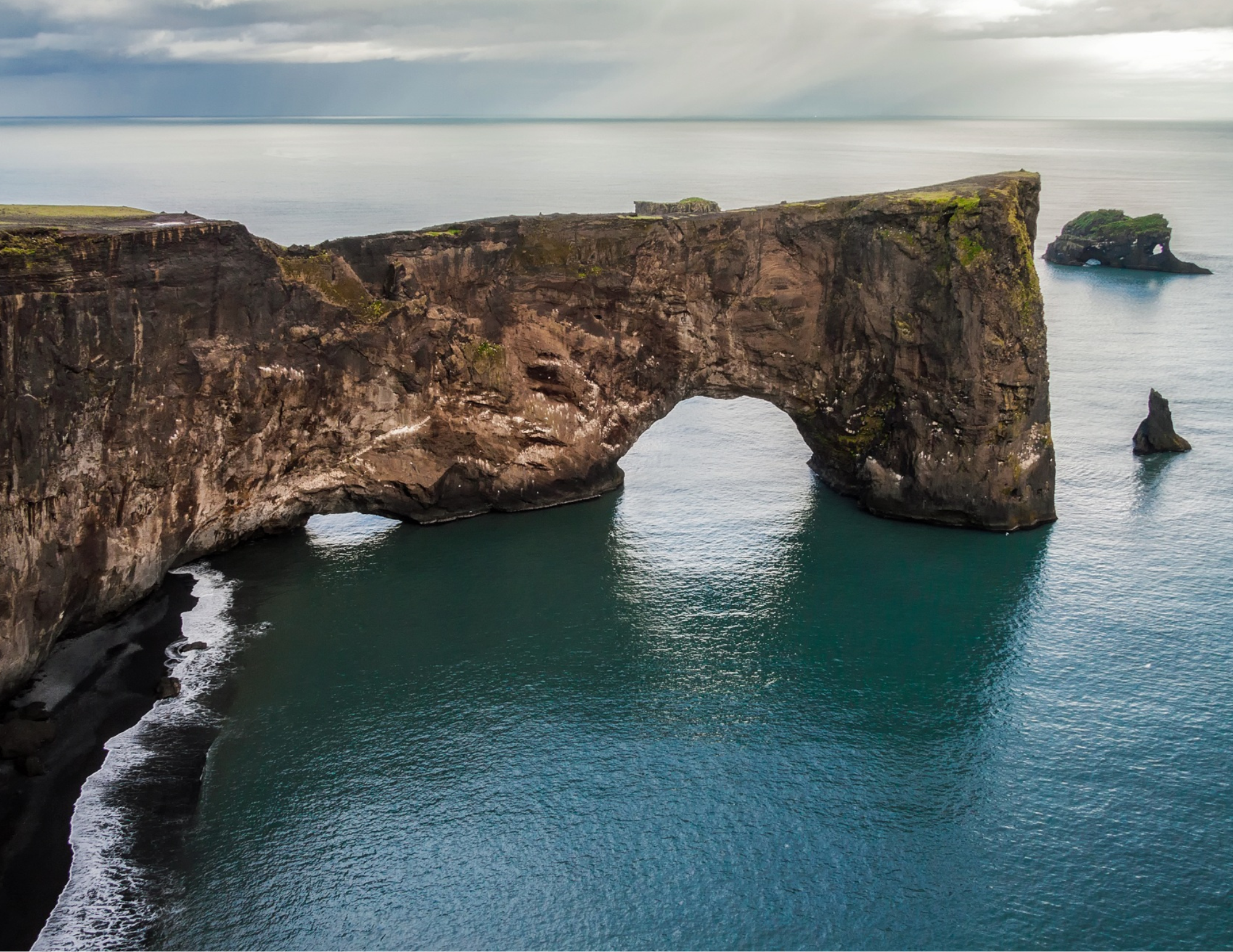
4th Grade Science
The 4th grade Science curriculum is designed to engage students in hands-on investigations, interactive digital experiences, and evidence-based discussions. It builds students' understanding of key science concepts through three-dimensional learning, aligned with the Next Generation Science Standards. Below are the four units that our Amplify curriculum covers which we will be taught both in class and in lab.
Energy Conversions
-
How energy moves and changes form (e.g., electrical, sound, motion).
-
Students investigate what is causing a blackout in a city. They look at different sources of energy and figure out how energy flows through those various systems.
-
Energy can be converted from one form to another (e.g., kinetic to electric).
Systems can be designed to use energy conversions to do things (like power a light or a machine).
Engineering involves testing and improving solutions.
Waves, Energy & Info
-
Properties of waves and how they are used to transfer information.
-
Students think about how a mother dolphin is able to communicate to her calf. With that new understanding they work together to design a communication devices using patterns and sound waves.
-
Waves (like light and sound) carry energy and information.
Devices can be designed to send and receive information using waves.
Sound needs a medium to travel; light does not.
Vision & Light
-
How light allows us to see objects and how animals use vision.
-
A gecko’s mysterious vision problem prompts an investigation into light and sight and how that could affect their ability to survive.
-
Light reflects off objects and enters the eye, allowing us to see.
Transparent, translucent, and opaque materials affect how light travels.
Eyes are sensory organs that detect light.
Earth’s Features
-
How natural processes shape Earth’s surface
-
Students analyze a canyon and other landforms to understand geological processes.
-
Weathering, erosion, and deposition shape landforms.
Earth’s surface is always changing due to natural forces like wind, water, and ice.
Patterns in rock layers and fossils tell the history of Earth’s changes.
-
Energy: 4-PS3-1 - Use evidence to construct an explanation relating the speed of an object to the energy of that object.
Energy: 4-PS3-2 - Make observations to provide evidence that energy can be transferred from place to place by sound, light, heat, and electric currents.
Energy: 4-PS3-3 - Ask questions and predict outcomes about the changes in energy that occur when objects collide. Emphasis is on the change in the energy due to the change in speed, not on the forces, as objects interact.
Energy: 4-PS3-4 - Apply scientific ideas to design, test, and refine a device that converts energy from one form to another.* Examples of devices could include electric circuits that convert electrical energy into motion energy of a vehicle, light, or sound; and, a passive solar heater that converts light into heat. Examples of constraints could include the materials, cost, or time to design the device.
Waves and their Applications in Technologies in Information Transfer: 4-PS4-1 - Develop a model of waves to describe patterns in terms of amplitude and wavelength and that waves can cause objects to move. Examples of models could include diagrams, analogies, and physical models using wire to illustrate wavelength and amplitude of waves.
Waves and their Applications in Technologies in Information Transfer: 4-PS4-2 - Develop a model to describe that light reflecting from objects and entering the eye allows objects to be seen.
Waves and their Applications in Technologies in Information Transfer: 4-PS4-3 - Generate and compare multiple solutions that use patterns to transfer information. Examples of solutions could include drums sending coded information through sound waves, using a grid of 1’s and 0’s representing black and white to send information about a picture, and using Morse code to send text.
From Molecules to Organisms: Structures and Processes: 4-LS1-1 - Construct an argument that plants and animals have internal and external structures that function to support survival, growth, behavior, and reproduction. Examples of structures could include thorns, stems, roots, colored petals, heart, stomach, lung, brain, and skin.
From Molecules to Organisms: Structures and Processes: 4-LS1-2 - Use a model to describe that animals receive different types of information through their senses, process the information in their brain, and respond to the information in different ways. Emphasis is on systems of information transfer.
Earth's Place in the Universe: 4-ESS1-1 - Identify evidence from patterns in rock formations and fossils in rock layers to support an explanation for changes in a landscape over time. Examples of evidence from patterns could include rock layers with marine shell fossils above rock layers with plant fossils and no shells, indicating a change from land to water over time; and, a canyon with different rock layers in the walls and a river in the bottom, indicating that over time a river cut through the rock.
Earth's Systems: 4-ESS2-1 - Make observations and/or measurements to provide evidence of the effects of weathering or the rate of erosion by water, ice, wind, or vegetation. Examples of variables to test could include angle of slope in the downhill movement of water, amount of vegetation, speed of wind, relative rate of deposition, cycles of freezing and thawing of water, cycles of heating and cooling, and volume of water flow.
Earth's Systems: 4-ESS2-2 -Analyze and interpret data from maps to describe patterns of Earth’s features. Maps can include topographic maps of Earth’s land and ocean floor, as well as maps of the locations of mountains, continental boundaries, volcanoes, and earthquakes.
Earth and Human Activity: 4-ESS3-1 - Obtain and combine information to describe that energy and fuels are derived from natural resources and their uses affect the environment. Examples of renewable energy resources could include wind energy, water behind dams, and sunlight; non- renewable energy resources are fossil fuels and fissile materials. Examples of environmental effects could include loss of habitat due to dams, loss of habitat due to surface mining, and air pollution from burning of fossil fuels.Earth and Human Activity: 4-ESS3-2 - Generate and compare multiple solutions to reduce the impacts of natural Earth processes on humans. Examples of solutions could include designing an earthquake resistant building and improving monitoring of volcanic activity.
In fourth grade, students will be working to answer questions like:
What are waves and what are some things they can do?
How can water, ice, wind and vegetation change the land?
What patterns of Earth’s features can be determined with the use of maps?
How do internal and external structures support the survival, growth, behavior, and reproduction of plants and animals?
What is energy and how is it related to motion? How is energy transferred?
How can energy be used to solve a problem?
By the end of fourth grade, they will be able to:
use a model of waves to describe patterns of waves in terms of amplitude and wavelength, and that waves can cause objects to move.
develop understanding of the effects of weathering or the rate of erosion by water, ice, wind, or vegetation.
apply their knowledge of natural Earth processes to generate and compare multiple solutions to reduce the impacts of such processes on humans.
analyze and interpret data from maps.
develop an understanding that plants and animals have internal and external structures that function to support survival, growth, behavior, and reproduction.
describe that an object can be seen when light reflected from its surface enters the eye.
use evidence to construct an explanation of the relationship between the speed of an object and the energy of that object.
develop an understanding that energy can be transferred from place to place by sound, light, heat, and electric currents or from object to object through collisions.
apply their understanding of energy to design, test, and refine a device that converts energy from one form to another.
